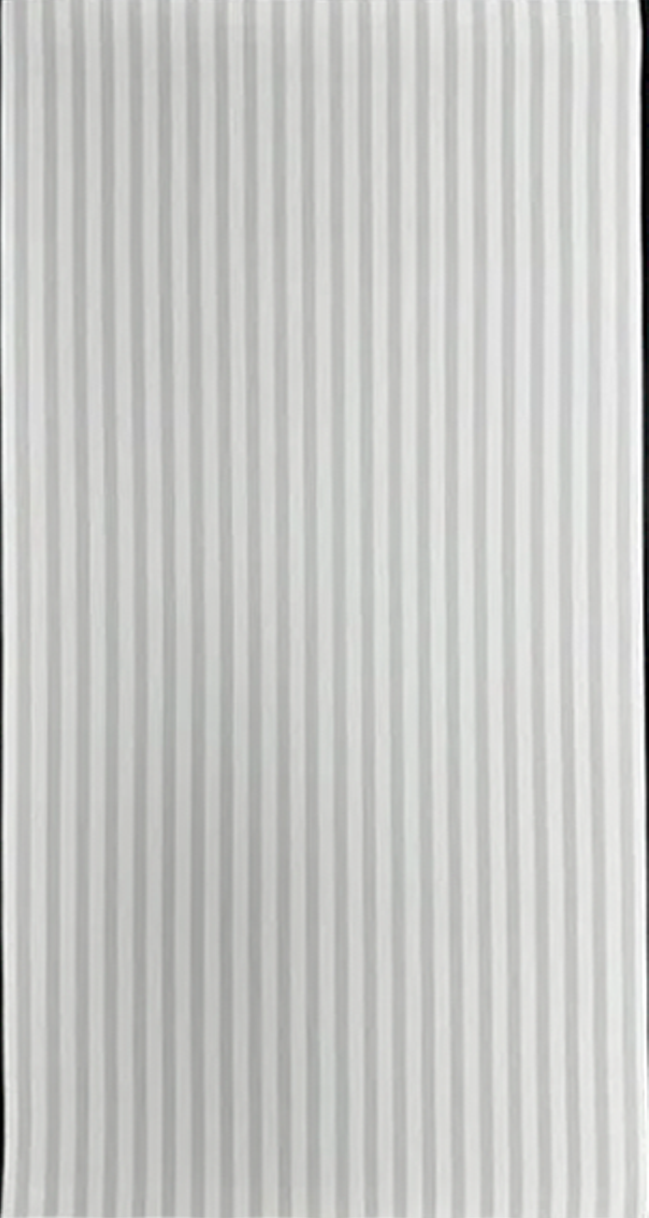GENERAL INFORMATION
Every vehicle chassis differs slightly in driveline component configuration. For this reason, each vehicle has to be dealt with individually. The following recommendations are offered as guidelines to assist in achieving proper driveline angle and balance. Many variables exist in driveline angles; therefore, the following are meant as guidelines and are not hard and fast rules.
Understanding the importance of proper driveline angle and balance is crucial to satisfactory performance. Have driveline modifications performed by a qualified driveline specialist. Balancing should always
be performed using a highspeed driveshaft balancer.
An inclinometer or protractor is needed to determine driveline angle. Driveline angle is the actual slope of the driveline components, measured in degrees.
No driveline measurement (length or angle) can be made with thevehicle on a frame type hoist. The wheels must carry the weight of the vehicle during these measurements. For most vehicles this means a
drive on type hoist or drive over pit.
BASIC RULES OF DRIVELINE OPERATING ANGLES
Before removing drive shaft(s), use paint or scratch alignment marks on matching yoke/shaft assemblies. This allows shafts to be returned to their original position.
I.
Attempt to maintain stock shaft operating angles. If the vehicle is already a successful ev-conversion and you are simply replacing the unnecessary multi-speed transmission with our unit then proceed as follows. Use an inclinometer before removing original shaft(s) and record readings. Use readings as reference after driveline
modifications. These numbers are especially valuable if the vehicle goes down the road at speed vibration free. If building your ev-Conversion from scratch then follow the tips below.
Rules
• Good cancellation of u-joint operating angles (within one degree).
• Keep operating angle within the specs given by the manufacturer of the type and size u-joint you are running, usually not more than three degrees.
• Maintain at least 1/2 of one degree of continuous operating angle.
NOTE: When slopes are in the same direction on two connected (Down and Down or Up and Up) components, subtract the smaller number from the larger to find the u-joint operating angle. When the slopes are
in the opposite direction on two connected components (Down and UP or Up and Down), add the measurements to find the u-joint operating angle.
Rules
• Determine driveline angle by placing an inclinometer on the motor of the vehicle. Record reading.
• Place inclinometer on drive shaft, and record reading.
• Place inclinometer on differential and record reading.
II.
Operating Angles. The modified shafts should retain at least ó of one degree of continuous operating angle. This difference ensures the needles in the u-joint rotate properly as the vehicle is driven.
III.
Operating angles between any two opposing driveline components. These angles (gear box and shaft, or shaft and diff) should have a minimum of ó degree operating angle and should not exceed the manufacturers recommendations.
NOTE: Angles can exceed the guidelines and still perform properly. But if you have vibration or shudder on take-off during final road test, angles exceeding the rules would be suspect.
IV.
Proper cancellation. Once operating angles are recorded. The next step is to fine tune the driveline through proper cancellation.
MODIFICATION
• When measuring for driveline length, have Torque Box securely mounted and all wheels on the ground supporting the weight of the vehicle.
• As a general rule no section of finished driveline should be less than 12 inches in length, measured eye-to-eye of yokes, or from center of yoke eye to center of carrier bearing.
• It is not recommended that any finished length of driveline be over 60 inches. If this is the case, please call to discuss options.
• The drive shafts should be balanced as an assembly with the evtorque box yoke at the time the driveline modifications are made.
• To install the modified driveline, begin installing the forward section and work to the rear. (multiple shafts)
• Check driveline angles and record readings.
Test drive vehicle. If vibration exists, recheck operating angles and shim driveline components until proper driveline operating angles exist. When determining driveline problems: Shudder on take-off generally means too much operating angle on the u-joints. A highspeed vibration could be from poor cancellation or imbalance.
For more detailed explanation or specific problem trouble shooting, please call and speak to one of our technicians. Please have driveline angels in front of you to share with our Tech.



A personal statement can make or break your residency application. Rely on residency personal statement editing to give your submission a professional edge.
Write my college paper at Studyprofy is the ideal solution for students aiming for top-notch quality and timely delivery. With a team of experienced writers, Studyprofy ensures well-researched and precisely written papers tailored to your requirements. Whether it's essays, research papers, or assignments, their professional writing service guarantees excellence. Studyprofy offers reliable support to ease the academic burden, helping you save time and achieve better grades.
Thank you nice blog and informative information. Best PPF service in Dubai
There is significant benefits with modifying by driveline but the changes made, should be well planned since it is complex with compatibility and safety concerns. This is important due to the fact that such projects many require a clear plan of the costs that are likely to be incurred. For students studying similar topics in finance, Personal Finance Assignment Help can help in dissecting costs and different approaches to budgeting properly.
Driveline modification principles are incredibly insightful for anyone interested in automotive engineering. For students balancing technical studies, finding coursework writing help can be essential to stay on top of both practical and academic demands. Having reliable support allows you to focus more on hands-on learning while ensuring academic excellence. Great content, thanks for sharing!